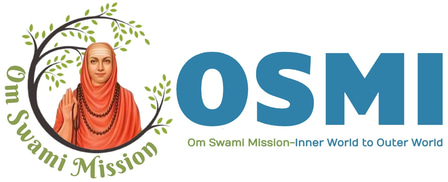Activating the Anahata or Heart Chakra.
Once your naval chakra is fully activated, the next step is to direct that energy to the anahat chakra, also known as the heart chakra. However, this transition is challenging due to two main factors. First, the distance between the naval chakra and the heart chakra is the longest among all chakra pairs. Second, there is a knot known as Vishnu granthi, situated just above the naval chakra, that must be overcome. This knot can only be penetrated through consistent practice.


Once you manage to contain the kundalini energy within a chakra, you can activate it effectively by focusing your meditation on that specific chakra. This principle is applicable to all chakras. After successfully energizing your navel chakra, the next step is to direct that energy to the anahat chakra, also known as the heart chakra. However, this transition is challenging due to two main factors. First, the distance between the navel chakra and the heart chakra is the longest among all chakra pairings. Second, there exists a knot known as Vishnu granthi, located just above the navel chakra, which must be overcome. This knot can only be penetrated through consistent practice. It’s important to note that piercing does not refer to a physical action but rather to the removal of energy blockages in that region. Advancing without a thorough understanding of these granthis and the methods to navigate them can be perilous. Kundalini energy is very subtle, and the granthis are even more delicate. Moreover, if the chakras are not fully activated, it can lead to energy blockages, resulting in nervous breakdowns. It is crucial to have control over one’s mind before engaging in kundalini meditation. A highly effective method for mind control is pranayama. The movement of kundalini can be managed through the balance of prana and apana. The air we inhale transforms into five different types, as previously discussed. Prana resides in the chest area, while apana is located in the lower abdomen. Samana exists in the upper abdominal area, acting as a bridge between prana and apana. When these two energies are combined in equal measure, your kundalini is prepared to rise. Another significant benefit of pranayama is that it facilitates the ascent of kundalini through the central canal of the spinal cord, rather than through the ida and pingala nadis. Utilizing pranayama techniques, including breath retention and moola bandha, can effectively prevent the kundalini from ascending through ida and pingala. Achieving the state of samadhi is possible only when the kundalini rises through the central canal.
The three granthis we have discussed, including the yet-to-be-covered Rudra granthi, can only be pierced and transcended through specific exercises that involve breath control and mental focus. There are no alternative methods available. You have already been introduced to the exercises that facilitate the opening of these granthis. To unlock the brahma granthi, the moola bandha is essential. For the Vishnu granthi, the technique of uddiyana bandha, which involves drawing in and pushing out the stomach, is employed. This exercise should only be performed on an empty stomach. Begin with several rounds of rapid breathing, then return to a normal breathing pattern. Inhale deeply, allowing your stomach to expand, and exhale forcefully through your mouth, ensuring that no air remains in your lungs. As you exhale, pull your stomach inwards. Hold this position for a few seconds before inhaling again. Notably, exhaling through the mouth is crucial for opening the Vishnu granthi, as this method allows for the necessary forceful exhalation. Once the Vishnu granthi is opened, you can switch back to normal nasal breathing. It is advisable to practice uddiyana bandha while standing, and remember to keep your stomach muscles relaxed and tension-free. Consistent practice of this technique will help open the Vishnu granthi, allowing the kundalini energy to rise to the heart chakra.
